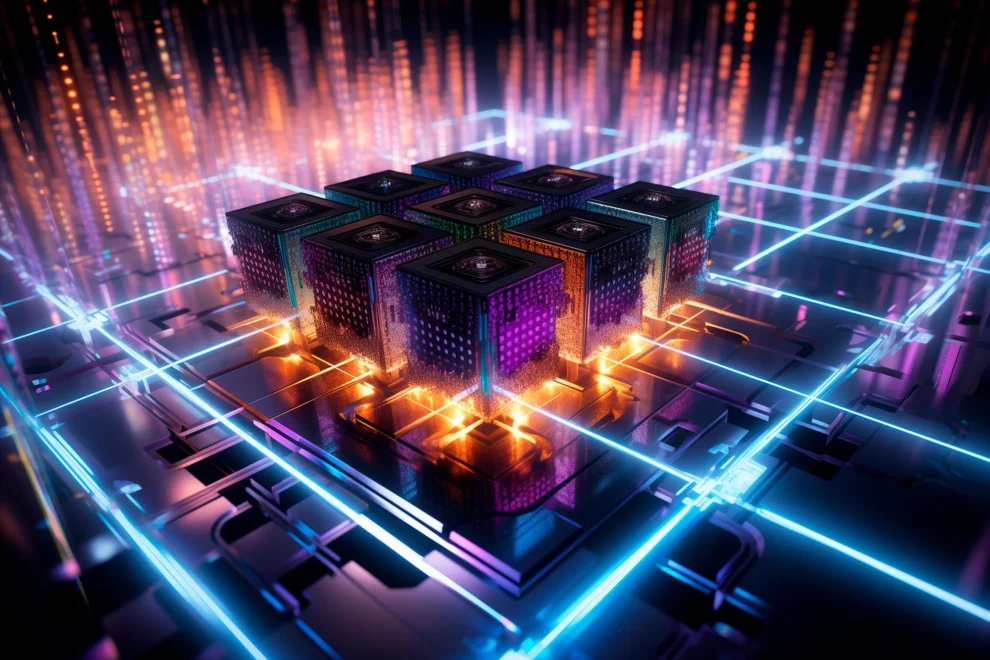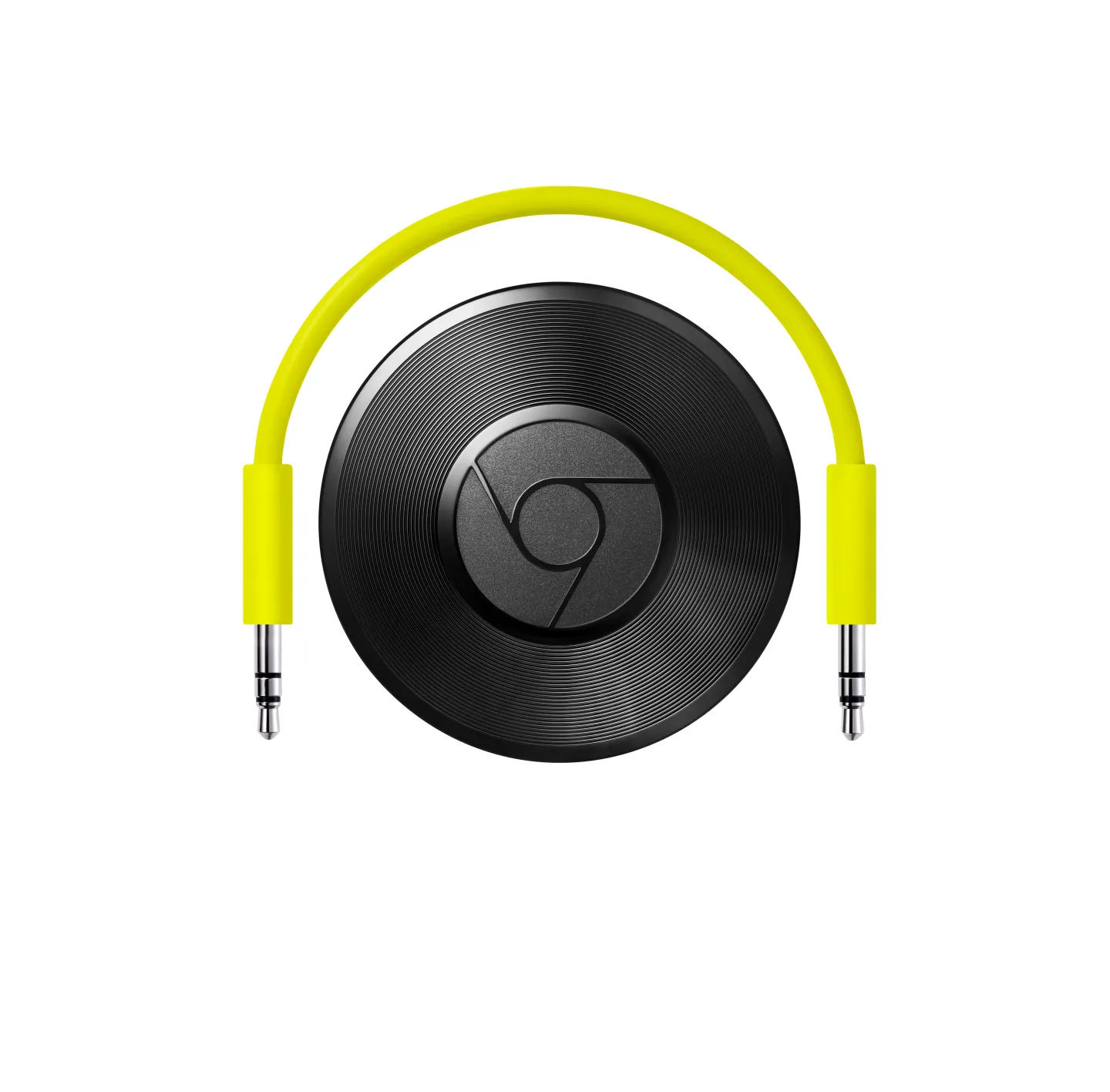The world of quantum computing is a realm of immense potential, promising to revolutionize fields like medicine, materials science, and artificial intelligence. However, this potential is currently held back by a significant challenge: errors. Quantum computers are incredibly susceptible to noise and interference, leading to computational errors that hinder their reliability and scalability. But a new player has entered the arena, offering a potential solution – machine learning.
In a groundbreaking collaboration, Quantum Machines, a leading provider of quantum control systems, and Nvidia, the titan of artificial intelligence, have joined forces to harness the power of machine learning to tackle the error correction problem in quantum computing. This partnership, announced about a year and a half ago, brings together Nvidia’s powerful DGX Quantum computing platform and Quantum Machines’ cutting-edge quantum control hardware.
Why is Error Correction So Critical?
Imagine a world where drug discovery is accelerated, complex materials are designed with ease, and financial models predict market trends with unprecedented accuracy. This is the promise of quantum computing. But to realize this vision, we need quantum computers that can perform complex calculations reliably. This is where error correction comes in.
Qubits, the building blocks of quantum computers, are notoriously fragile. The slightest disturbance can cause them to lose their quantum properties, leading to errors in computation. To build fault-tolerant quantum computers capable of solving real-world problems, effective error correction is essential.
Machine Learning to the Rescue
This is where the magic of machine learning unfolds. By leveraging the power of AI algorithms, researchers at Quantum Machines and Nvidia are developing innovative techniques to identify and correct errors in Quantum Machines.
One notable example is the use of reinforcement learning, a type of machine learning where an AI agent learns by interacting with its environment and receiving rewards for desired behavior. In this case, the AI agent learns to control the qubits in a quantum computer, optimizing their performance and minimizing errors.
Real-World Results: A Glimpse into the Future
The collaboration between Quantum Machines and Nvidia has already yielded impressive results. Earlier this year, the companies demonstrated the ability to use an off-the-shelf reinforcement learning model running on Nvidia’s DGX platform to improve the control of qubits in a Rigetti quantum chip. This achievement highlights the potential of machine learning to enhance the performance and stability of quantum computers.
My Perspective: A Journey into the Quantum Realm
Having closely followed the developments in quantum computing for years, I’m particularly excited about the integration of machine learning into this field. The potential synergy between these two transformative technologies is immense. As someone who has experimented with basic quantum programming and explored the intricacies of machine learning algorithms, I see this collaboration as a significant step toward unlocking the full potential of quantum computing.
The Road Ahead: Challenges and Opportunities
While the use of machine learning for quantum error correction is promising, challenges remain. Developing AI models that can effectively handle the complexity and scale of quantum systems requires further research and innovation. However, the progress made by Quantum Machines and Nvidia provides a glimpse into a future where error-corrected quantum computers become a reality.
Key Takeaways:
- Error correction is crucial: It’s the key to building reliable and scalable quantum computers.
- Machine learning offers a solution: AI algorithms can help identify and correct errors in quantum systems.
- Quantum Machines and Nvidia are leading the way: Their collaboration is pushing the boundaries of quantum error correction.
- The future is bright: Machine learning has the potential to accelerate the development of fault-tolerant quantum computers.
The journey towards error-corrected quantum computing is a challenging one, but the integration of machine learning offers a beacon of hope. With continued research and collaboration, we can expect to see significant advancements in this field, paving the way for a future where quantum computers revolutionize our world.



















Add Comment